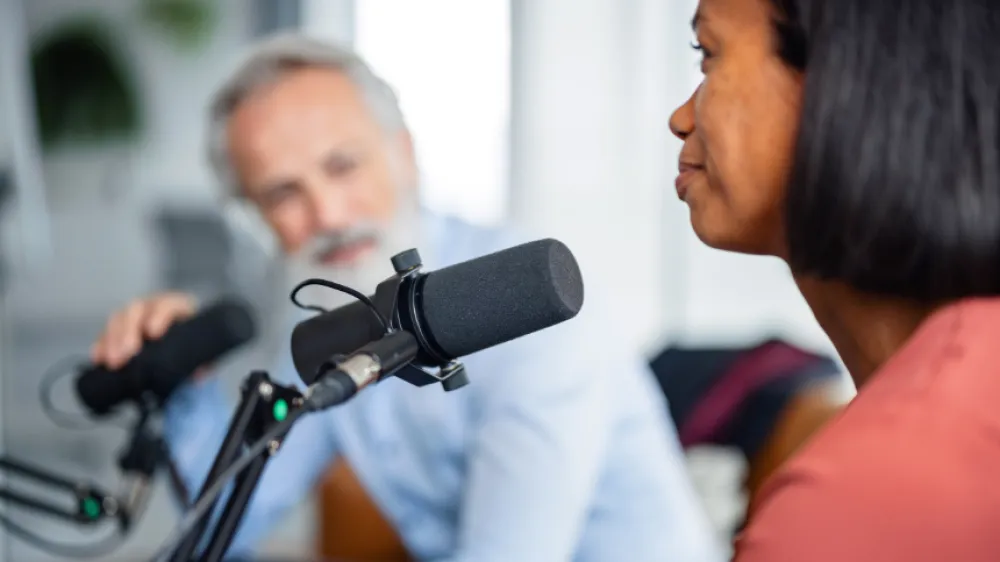Providing your location allows us to show you nearby locations and doctors.
Top 4 things you need to know about stroke

05/05/2024
Find out how to prevent a stroke. If a stroke does happen, knowing the signs and getting medical treatment quickly can be lifesaving.
By Neil Culligan, MD, Section Chief of Neurology, Danbury/New Milford Hospitals, Director of Danbury Hospital Stroke Center, part of Nuvance Health
Stroke is a leading cause of death and major cause of serious disability for adults in the United States. Yet, stroke may be preventable! Plus, it is more treatable now than ever before thanks to medical advancements.
Here are the top four things you need to know about stroke.
Related content: Stroke 101 and why it’s critical to call 911 for symptoms
1: What are the types of strokes?
Stroke is a broad term that describes damage to the brain. There are two types of acute stroke:
- A hemorrhagic stroke happens when a blood vessel breaks and bleeds into the brain.
- An ischemic stroke happens when a blood clot blocks oxygen-rich blood supply to the brain. About 87% of strokes are ischemic. Some people refer to this type of stroke as a brain attack.
Related content: Don’t ignore a transient ischemic attack, a warning sign of a stroke
2: You can help prevent a stroke.
Some stroke risk factors you cannot change, like your age or family or personal history of stroke. Other risk factors you may be able to change to reduce stroke risk.
Heart disease, high blood pressure, high cholesterol and obesity are risk factors for stroke that can be managed through diet, exercise and medication. Smoking tobacco is also a risk factor for stroke. Talk with your doctor if you need support or resources to follow a healthy diet, get regular exercise or quit smoking.
3: What are the warning signs of a stroke?
Although most people who have strokes are 65 and older, anyone at any age can have a stroke. That is why everyone should know the signs of stroke.
Remember the acronym B.E.F.A.S.T. to identify stroke symptoms and call 911 quickly:
- B – Balance: Loss of balance or coordination, dizziness
- E – Eyes: Trouble seeing out of one or both eyes
- F – Face: Facial weakness, uneven smile
- A – Arm: Unable to lift both arms evenly, numbness, weakness
- S – Speech: Difficulty speaking, slurred speech
- T – Time: Call 911
Learn more about B.E.F.A.S.T in this YouTube short.
When it comes to stroke, time is brain. It is critical to get treatment quickly after the onset of stroke symptoms to reduce the risk of long-term disability or death.
It is important to call 911 and not drive yourself or someone else to the hospital. Emergency medical services (EMS) know how to recognize stroke and take patients to a hospital that treats stroke.
4: What is the treatment for a stroke?
Emergency medical doctors, neurologists, neurosurgeons, nurses and technicians evaluate patients for a stroke, order appropriate tests and deliver treatment.
Treatment for hemorrhagic stroke varies depending on why the bleeding occurred and where it is in the brain. A brain aneurysm, arteriovenous malformation or traumatic brain injury (TBI) can cause bleeding in the brain. Treatment may involve surgery to repair the underlying cause of the brain bleed.
A clot-busting medicine, called tissue plasminogen activator (tPA), is the standard treatment for ischemic stroke. tPA needs to be delivered within four and a half hours of the onset of symptoms to be the most effective.
A mechanical thrombectomy procedure increases the stroke treatment window from four and a half hours to 24 hours. An endovascular neurosurgeon uses x-ray guidance to lead a catheter through an artery in the groin or wrist, up the aorta and into the brain to remove the clot.
Learn more about stroke services at the Nuvance Health Neuroscience Institute.
The bottom line: The more you know about stroke, the more you can lower your risk of experiencing this medical emergency. If a stroke does happen, knowing the signs and getting medical treatment quickly can be lifesaving.
Dr. Neil Culligan is board certified in general neurology and has subspecialty board certification in neuromuscular diseases and stroke. He also has a special interest in concussions. He is the founder and director of the stroke center at Danbury Hospital and its New Milford Hospital campus.